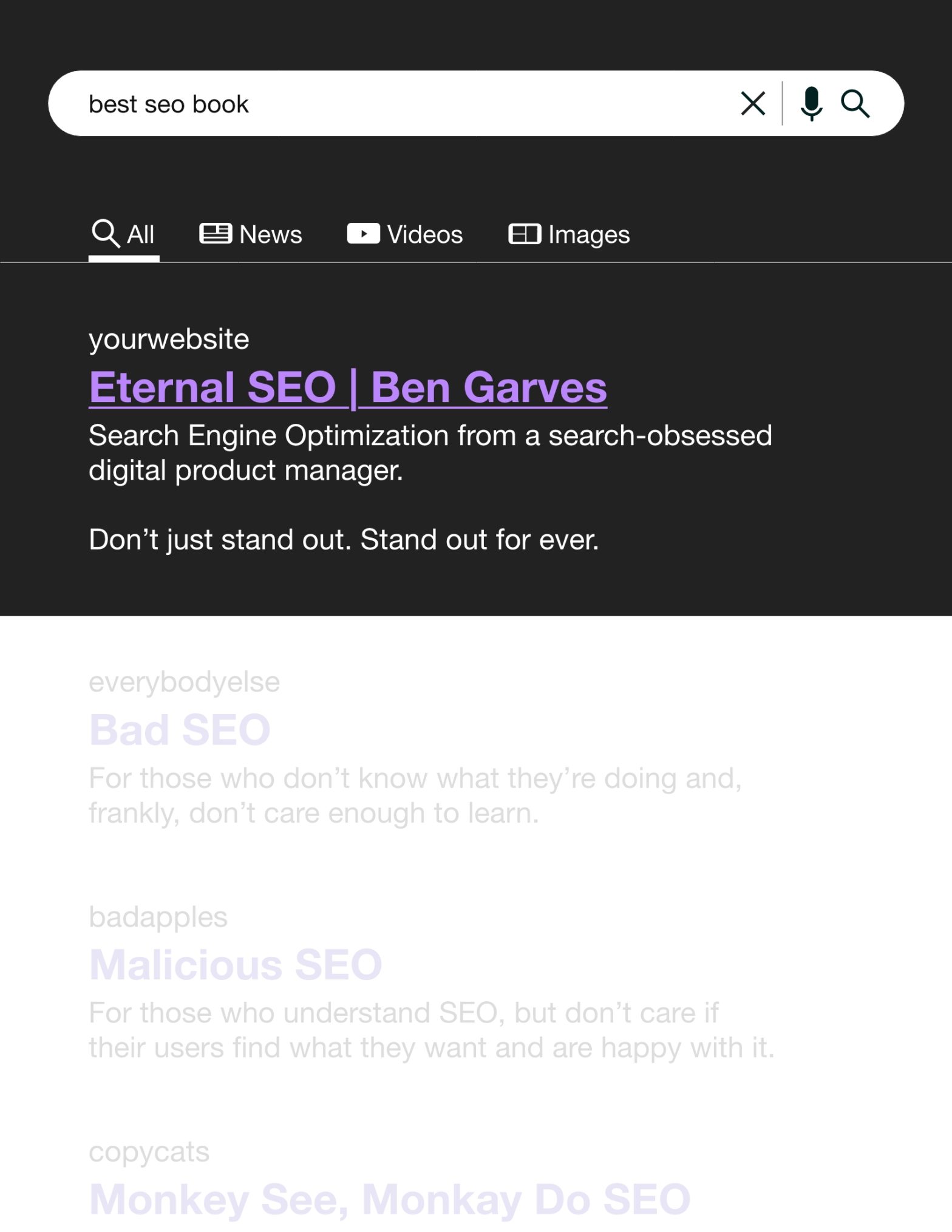Your cart is currently empty!

Creating avatars for your brand or product
Marketing organizations without a good understanding of their audience will find occasional wins, but are destined to never cross into long-term success. You need to know who you’re talking to, why they should care about your product or service, what would motivate them to take action around it, and how best to reach them. In the fifteen years I’ve spent working in tech, I’ve come across many ways to do this, but none better than the simple process of creating avatars.
What’s an avatar?
Don’t be fooled by the name, which has been recycled by a record-breaking epic James Cameron film franchise and a whimsical, also unrelated, animated series. An avatar is a serious business tool which will change your life if you create and use them.
Product avatar examples
An avatar is a persona you create around your ideal customer. I’ll use you as an example:
Chris is a marketing manager at a reasonably-sized business. They’ve heard search engine optimization of their website could have a tremendous impact on their numbers, but they want to understand what it is and what they have to do in order to become an SEO practitioner. Chris has read a few blog posts and watched a few YouTube videos about SEO, but is ready to dive into a book and really become an expert. They’re somewhat disgruntled by the fact that everything seems to be short-term, like “New SEO techniques for 2023” and are wondering what could’ve possibly changed so significantly from 2022 to 2023.
I have a second avatar, too. Meet Sheila:
Sheila is a content creator who keeps hearing that the best way to build an audience is if she focuses on search engine optimization. She’s passionate about her topics, writes great content, and publishes consistently, but is concerned that her audience isn’t growing fast enough. This year, Sheila set a goal of publishing one post per day to her blog, and she hopes that by her 365th, she’ll have enough of a following to transition her day job to only part time, freeing up some space in her life to start her own YouTube channel. She doesn’t want to just scratch the surface of SEO, so she’s picking up a book to make sure she does it right. She’s also curious if principles of search engine optimization also apply to her social media and if she can optimize her future YouTube channel using the same techniques.
How specific should avatars be?
How specific and deep you go can be entirely up to you. I’ve seen businesses write avatars which go far enough as to document what their hypothetical audience ate for breakfast that morning. I don’t think going so deep is necessary, but it could be perfect if you’re a cereal company and you want to explore why someone would want to use your bowl over your competitor’s. Or if you produce cereal and you want to make a case for why pancakes and bacon aren’t a scalable breakfast solution for a busy, full-time-job-working parent of three.
Applying avatars to the real world
Are you starting to see the power of the avatar? If you know who you’re talking to, it makes it much easier to write effective content. Here’s a hypothetical to illustrate the point.
Let’s say you’re in a room filled with people and you have one pair of size nine running shoes, and you’ve been tasked with giving the shoes to someone for free. You can pick anyone in the room. That should be easy, right? Do you just walk up to the first person and hand them the pair of shoes? Probably not. You have some specific criteria which implies an ideal user of the product. You know they’ll only be useful to someone who has size-nine feet.
Or a clown with very small feet.
While any person with the right foot size could wear these, the happiest user would be one who likes to run. Great. So you have an avatar: a runner who wears nines. What’s next? You need to find them. You have a room full of people, some of which likely fit your goal audience, but they’re all oblivious to the incredible gift you have for one of their lucky ranks. Do you just walk around and start asking people their shoe size and if they’re runners? Seems inefficient. How about you hold the box of shoes over your head and loudly declare, “I have a pair of size-nine running shoes, free to any runner who’s the correct size”?
That seems efficient. No less than the time it takes for you to lower the box do you find yourself surrounded by size-nine runners, all squabbling over why they should be the one to receive your freebie. Not only have you found a large audience by being specific, but you’ve also established quite a beneficial imbalance of supply and demand. Enjoy your hypothetical pricing power.
What do avatars have to do with search engine optimization? Your content doesn’t matter if it wasn’t written in a way which makes somebody care. The power of good content is content which makes someone say, “wow, this impacts me.”

Leave a Reply